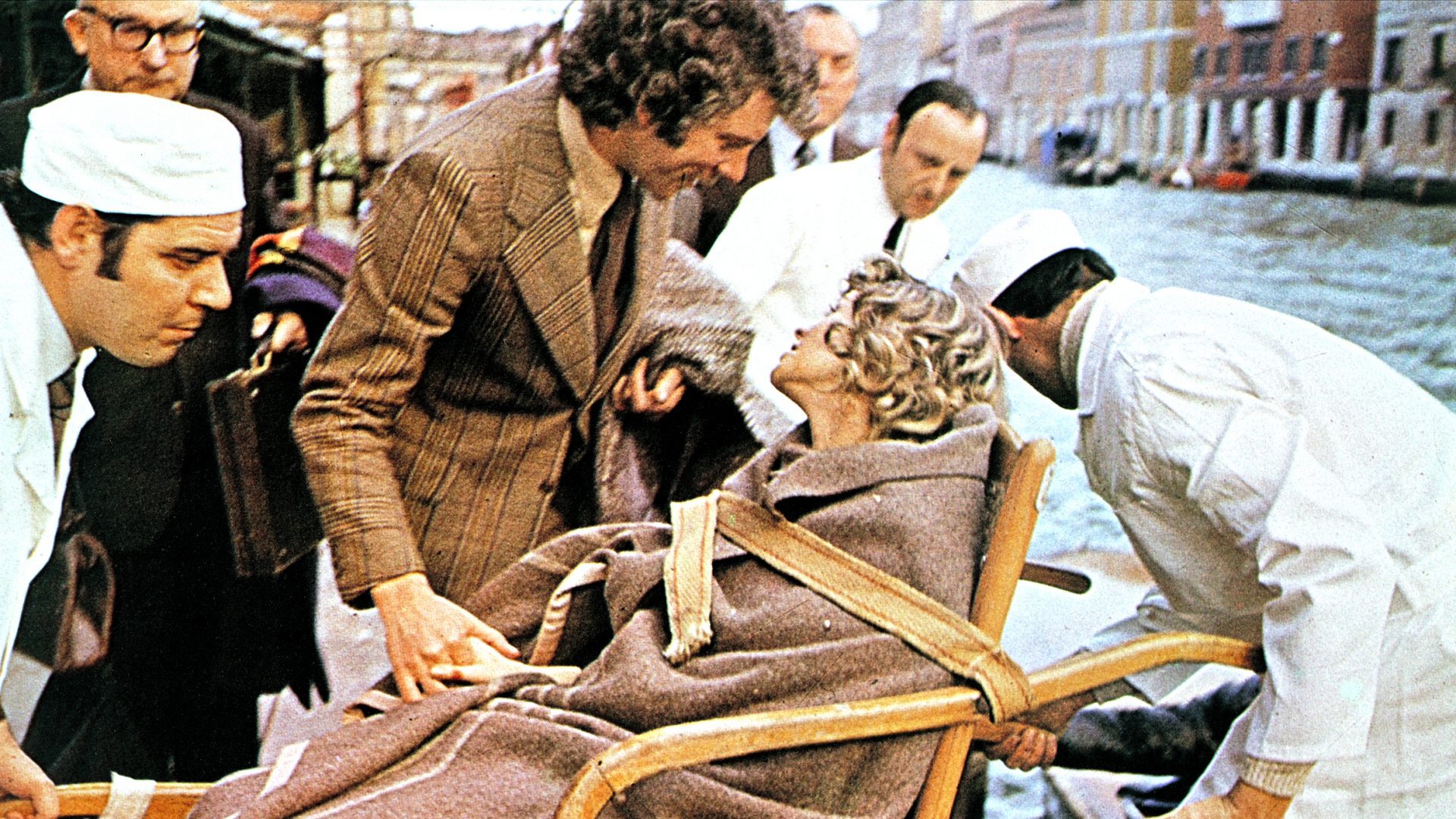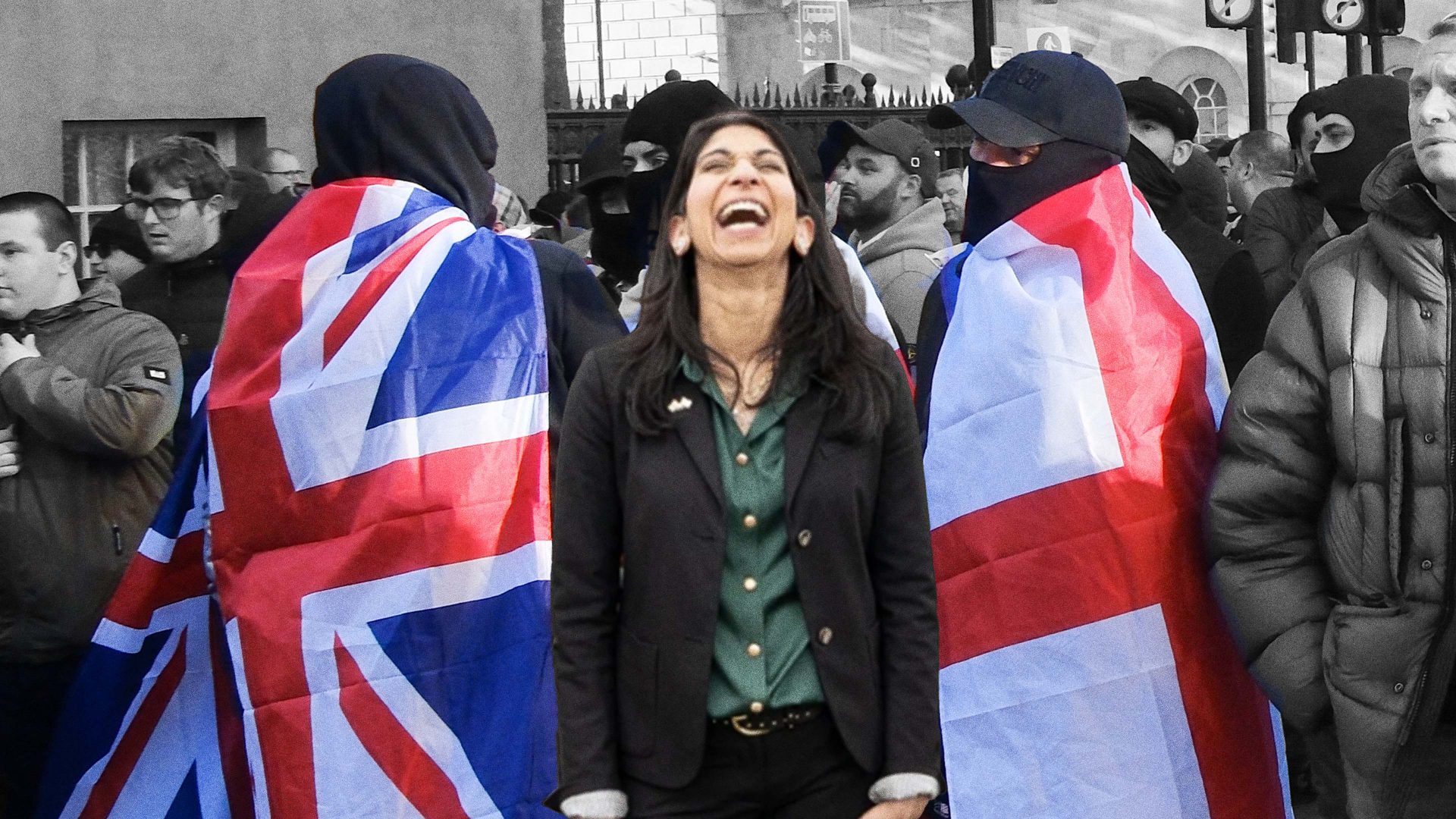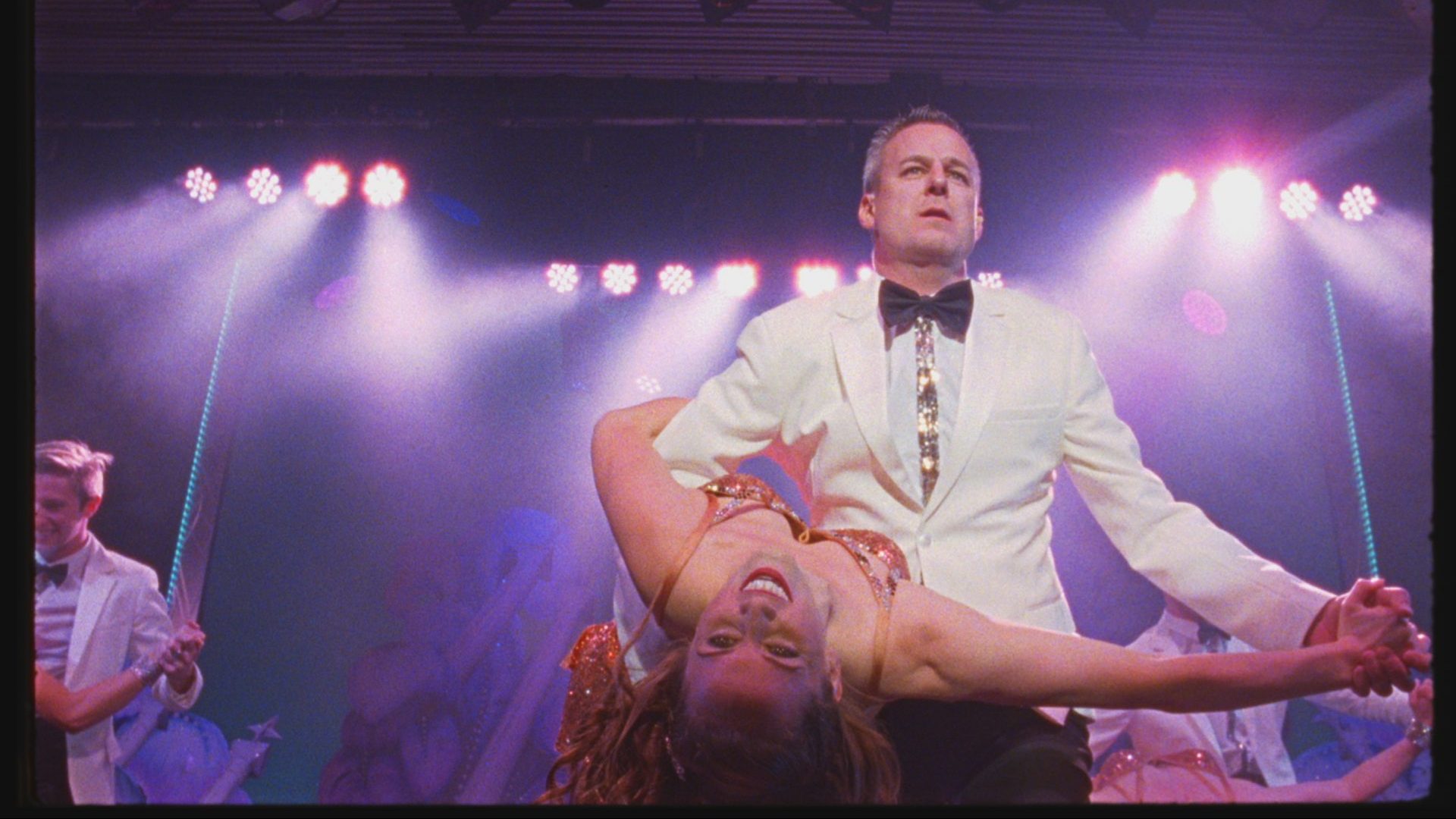I met the movie director Nic Roeg once, very briefly at Euston railway station. “I love your films,” I bellowed in the great man’s general direction. “Oh, thank you, young man,” the director of Walkabout and The Witches replied, before asking, “Any in particular?”
Remembering that there’s a dispute over the extent to which Performance – Roeg’s awesome debut picture – belongs to him or to his co-director Donald Cammell, instead I mentioned his psychological thriller, Don’t Look Now.
It was one of the biggest British films of the 1970s. Infamous on account of a “did-they-or-didn’t-they?” sex scene featuring leading actors Donald Sutherland and Julie Christie, Don’t Look Now was that rare movie commodity: an arthouse picture that did well at the box office. The film turns 50 this autumn and yet still there’s nothing to touch it as far as storytelling devices and set pieces are concerned.
“Ah,” said Roeg at the mention of his Venice-set thriller, “the film that never goes away! There’s something horrible and preposterous about it,” he continued, “but then there’s lots that is horrible and preposterous about life. And death.” And with that he was off, to catch the 5.40pm to Birmingham.
A film about time, grief and what the latter does to the former, Don’t Look Now is among the most improbable of hit movies. That it did so well at the UK box office in particular had a lot to do with it playing at the opening half of a double bill, along with Robin Hardy’s pagan masterpiece, The Wicker Man. Taking in those two movies in one sitting would have made for a pretty tense night out.
Based on the Daphne du Maurier short story of the same name, Don’t Look Now was adapted for the screen by Chris Bryant and Alan Scott, the latter a whisky expert, who also carved out a successful screenwriting career, writing four films for Nicolas Roeg.
Roeg, a Londoner with a Dutch father, first took an interest in movies as there was a film studio opposite the family home in Marylebone. Starting as a tea boy, Roeg worked his way up. He was a cinematographer for David Lean on Lawrence of Arabia and also Doctor Zhivago, which starred Julie Christie – but Lean fired him over artistic differences. Roeg’s directorial debut was Performance, a disconcerting, hallucinatory trip through 1960s London, starring, among others, Mick Jagger. Cementing his reputation with the Australian-set Walkabout, a deeply disturbing film about children abandoned in the outback, Roeg’s body of work also included The Man Who Fell to Earth and Bad Timing, in which David Bowie and Art Garfunkel respectively give the finest film performances of any popular musician.
But before all these, there was Don’t Look Now. At one point earmarked as a possible vehicle for the real-life couple Natalie Wood and Robert Wagner, Roeg instead got Sutherland and Christie as John and Laura Baxter, the couple whose happiness is shattered by the drowning of their eldest child Christine.
While du Maurier’s story begins with Christine already dead following a bout of meningitis, Roeg’s picture opens with the girl drowning at the family home. Hoping to escape their tragedy, the couple move to Venice, having first abandoned their youngest child Johnny at a British boarding school – this was the 1970s, after all. Hired by the local clergy to restore a church, John throws himself into his work. Meanwhile, Laura befriends two sisters, one of whom, Heather, though blind, possesses the gift of second sight. Heather tells Laura that she can “see” her dead daughter.
This initially comes as a shock, but Laura soon finds comfort in the sisters’ claims. She even attends a séance with the pair, after which she rushes home to tell her husband they must leave Venice or suffer horrific consequences.
And all the while, John glimpses a figure dressed in a red raincoat, the same raincoat his daughter wore on the day she drowned, scampering across the bridges and barges of Venice. The city as portrayed in the film has little in common with Canaletto. Here, Venice becomes a dark, grubby, deeply sinister backdrop, laced with threat.
The film pulses with the fraught energy of the 1970s, an era when all that had previously been forbidden seemed to become fair game. Like his contemporary, Ken Russell, Roeg embraced not only the freedom to tell stories in a frank, even bracing, fashion but also the new sophisticated approach to storytelling suggested by Jean-Luc Godard, a man who believed that every film needed a beginning, middle and end, just not necessarily in that order.
And one of the most bracing parts of Don’t Look Now is that sex scene. Possessing a frankness beyond most modern mainstream movies, the scene of the Baxters rediscovering one another in the wake of their terrible misfortune is, as the British censor concluded, essential to the plot rather than cheap and/or exploitative. Not that this dissuaded the Irish censor from completely cutting it. The sequence was also absent the first time Don’t Look Now aired on British television, an omission that prompted thousands of viewers to complain to the BBC.
Unusually, the sex scene was the first part of the film that Roeg shot, which proved particularly problematic for Julie Christie. “I really didn’t have a clue what to do,” she’d told this writer in 2007. “Not that I wasn’t familiar with the act in question, but you simply didn’t see scenes like that in films back when. Fortunately, Donald was wonderful and Nic had lots of ideas of his own, so we got there in the end.”
But the scene became the subject of scurrilous rumour. Peter Bart, then-editor of Variety, was reporting from the set. “It was clear to me,” he recalled in his memoir Infamous Players, “[that] they were no longer simply acting: they were fucking on camera.” Bart was friends with Warren Beatty who was seeing Julie Christie at the time. And when Beatty heard the rumours, he flew to Europe to oversee the editing of the sequence.
Donald Sutherland eventually dismissed this as nonsense. “Peter mendaciously writes that he witnessed the shooting of the love scene in Don’t Look Now and saw sex,” he wrote in 2011. “Not true. None of it. Not the sex. Not him witnessing it. From beginning to end, there were four people in that room. Nic Roeg, Tony Richmond, Julie Christie and me. No one else… And this was 20 years before video monitors.”
Even so, the scene remains extraordinary, and all the more affecting for being intercut with footage of the couple dressing after sex. As with many of Roeg’s movies, the editing suggests that neither time nor memory are linear. The effect creates moments that are both memorable and timeless.
The question of timelessness – of the eternal – was present in Roeg’s films, and also formed part of how the director saw the world. “It’s not very fashionable,” revealed Roeg shortly before his death, “but I’ve long felt that there might, maybe even must, be something beyond this world of ours. Certain things have happened in my life, certain people I’ve met, they’ve left me unable to think that this is how it is and that it’s all there is.”
Revisiting Don’t Look Now 50 years on from its release, the only things that have aged in the picture are a few of the fashion choices. But since that time, it influence has shown up in the raft of adult horror movies that came in its wake; pictures such as Tony Scott’s vampire drama The Hunger (1983), Paul Verhoeven’s ace art movie send-up The Fourth Man (1983) and Neil Jordan’s completely-unsuitable-for-children fairytale anthology The Company of Wolves (1984) were all influenced. More directly, anyone who’s seen Joel Schumacher’s Flatliners or the “Chaos” episode of the Simon Pegg, Jessica Hynes and Edgar Wright sitcom Spaced will know what the creatives had in mind when they threw a diminutive figure in a red raincoat into the mix.
There is something about the very different types of horror encountered in the first and final scenes of Don’t Look Now that still shocks. When a drama is this visceral, the passing of the years can do nothing to dim its power. And when a master storyteller such as Roeg is at the helm, everything that Don’t Look Now has to say about fate and human frailty is sufficiently complex and profound to affect audiences, even after all this time.
Don’t Look Now is available to buy from Studiocanal. Visit http://vintageclassicsfilm.co.uk for more info



